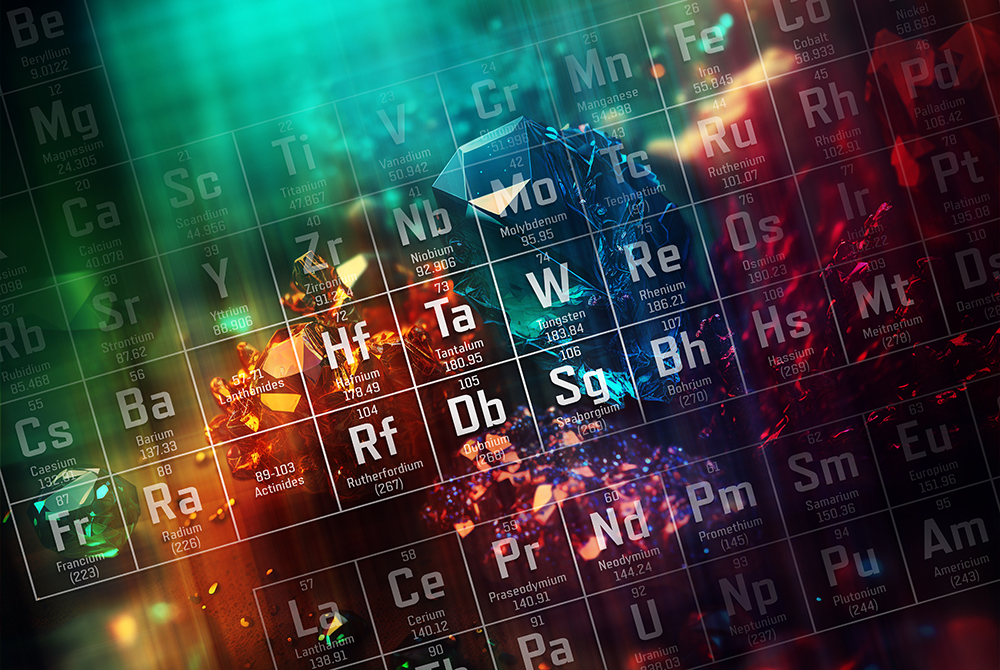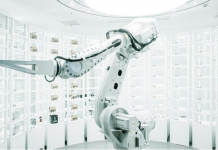What key areas of risk do you help your clients to manage?
We specialise in understanding complicated risk, and in particular that from major accident hazards. We approach risk understanding from three key perspectives, safety risk, environmental risk and business risk, though when we look at these it is from the perspective of major accident hazards. It’s high consequence low frequency events like spills and fires that have the potential to harm people or the environment that we work with our clients to manage. The impact on business and reputation as a by-product of these incidents is something that we hope to help prevent by equipping business leaders with the skills to understand risk and manage their resources from the outset so they can do their best to make sure such incidents don’t happen.
Is your client base made of solely COMAH sites?
The principles of risk and hazard management are the same, no matter what the industry or the scale of operation is, so while COMAH compliance is a larger proportion of our work, we find ourselves in a range of industries and locations helping organisations to deal with their challenges. For example, over the past few years we have found ourselves working on cross country pipelines, sugar factories, and even a tea plantation in Kenya. Although the COMAH Regulations don’t span all hazardous industries and locations, applying the same key principles in understanding and managing risk can assure our clients that they are taking an appropriate and comprehensive approach.
So, what else does RAS Ltd do?
We have a team with a wide variety of expertise, from engineering to maths, chemistry, biology and environmental sciences. With such a diverse range of interests we have been lucky enough to develop expertise in a wide range of the components required for effective risk management and compliance with COMAH. This involves expertise in functional safety, consequence modelling, permitting and consents for planning and safety management systems, for example.
How has your line of work changed since you started at RAS 13 years ago?
There have been some key regulatory changes in that time, most prominently the update to the COMAH Regulations in 2015. One of the bigger changes I have observed amongst our clients though is the attitude towards safety. I think that health and safety used to have a bad reputation as a barrier to efficient operation, but it really does feel like there has been a shift in attitudes in the past few years. Operators once thought that low frequency, high consequence events would ‘never happen here’, but there is a great deal more awareness and willingness to invest resources to understanding and managing these risks.
Why do you think people’s attitude to risk has changed?
I think one reason is that major accidents are now more visible. When something happens, the public only have to pick up their phones and check on news sites and social media to find out what is happening. The fallout reaches more people and gives the impression that these incidents are occurring at higher rates than they were before, and when the consequences are widely publicised, they hit home and lessons are rapidly learnt. The level of interest and the increasing impact of public opinion on reputation is a huge motivator for operators to invest in the right places. Another reason is that there seems to be more communication now between operators and the regulator via trade and industry associations. These organisations are helping to make expertise more accessible by allowing operators to share experiences and also to challenge the regulator. It all helps build a more inclusive and proportionate approach to managing risk, which is of benefit to everyone.
It sounds like communication is key to industry wide success in managing risks…
Yes, definitely. Communication within the organisation is crucial in order to make sure everyone is working together to make their environment safe. There is a clear focus on leadership in process safety at the moment, particularly from the regulator. This includes making sure that the leadership team are conversant in risk and provide the right resources to build the right culture and secure engagement with those in the field. Communication between organisations and their peers is also just as important. There is a wealth of knowledge out there that we are just beginning to share. We all have the same goal when it comes to safety, and so it pays to listen to one another and to consider how the experiences of others can be used to improve our own operations.
For more information about RAS Ltd,
visit www.ras.ltd.uk
or contact enquiries@ras.ltd.uk.










